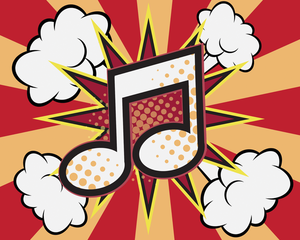Sound Check
At the Fort Worth Museum of Science and History's Noble Planetarium, one Raspberry Pi has replaced four CD players for various music and sound effects.

At the Fort Worth Museum of Science and History's Noble Planetarium, one Raspberry Pi has replaced four CD players for various music and sound effects.
Sound has long been essential to planetariums for creating an immersive experience. Before digital anything, planetarium shows were completely manual operations performed live by the host. Relay routing (Figure 1) was used to direct up to 10 or 12 different sound effects, music, and background sounds to speakers around the dome – an early surround-sound system.
 Figure 1: This relay routing system was used to assign different audio sources to speakers around (or on top of) the dome. The switches in the middle were manual overrides.
Figure 1: This relay routing system was used to assign different audio sources to speakers around (or on top of) the dome. The switches in the middle were manual overrides.
Today, digital planetarium systems make it easy to drop soundtracks, sound effects, and just about anything else onto a timeline so that the timing and visuals are always in sync. Even with digital systems, however, live presentations are still our preferred style of planetarium show.
[...]
Pages: 2
Price $15.99
(incl. VAT)